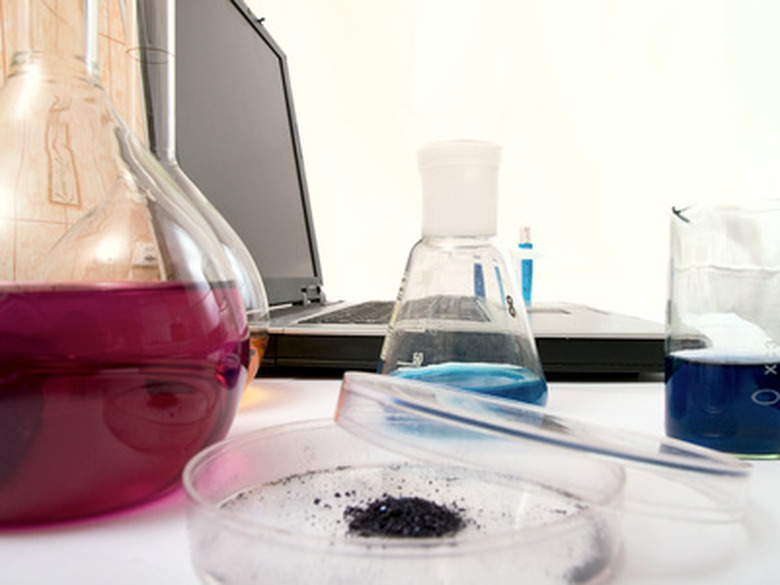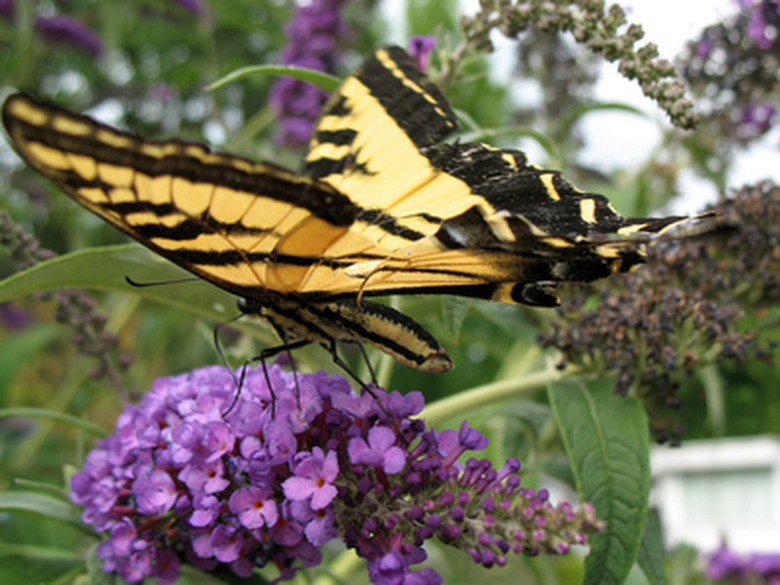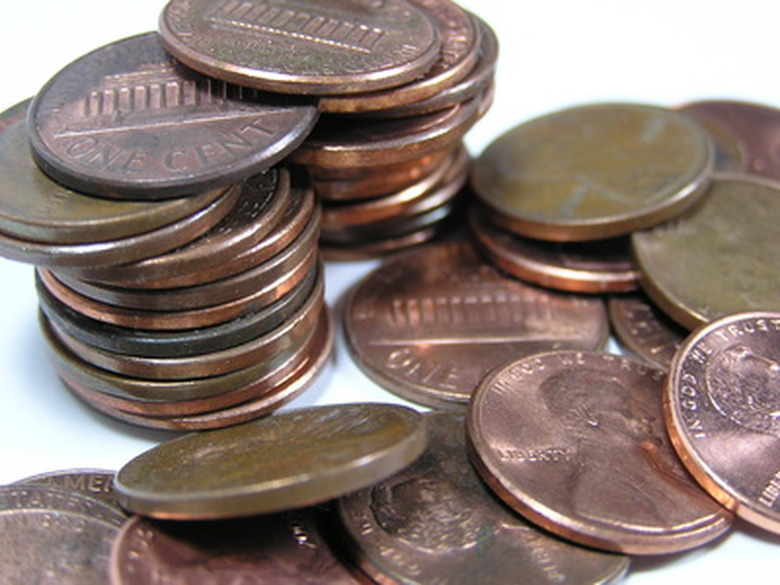Ideas For Science Fair Projects For Fourth Grade
A high percentage of a student's grade may depend on a single project–the science fair project. Therefore, careful consideration must be given as to what type of project is suitable for a fourth grader to attempt. The concepts that fourth grade science typically focuses on are living things and the environment, the interactions of objects in the solar system, environmental concerns, different forms of matter, and measurement concepts among others.
Life Cycle of a Butterfly
Life Cycle of a Butterfly
Children love butterflies and their brilliant colors. An interesting project can be recording the life cycle of a butterfly. Start by looking for eggs that have been laid on leaves. Keep a record of dates, such as when they first saw the egg, when it hatches into a caterpillar, when it goes into its cocoon, and finally, its emergence as a butterfly. Record each step with photographs to display at the science fair along with a description of the stage. If possible, the branch itself should be extracted from the tree and put into a jar of water to be displayed as well.
Characteristics of a Magnet
Characteristics of a Magnet
Children have endless fun whenever they are presented with a magnet. Another science fair project idea is to test the effects of magnetism on different materials. Does magnetic force travel through all material or only through some? What are the metals that the magnets attract to most, and do they all affect the magnetic field in the same way? Children can write down their findings to display at the fair and also have samples of the different materials they used for the project for others to try.
Water and Pennies
Water and Pennies
The properties of water is another project idea for children to explore. What makes it possible for bugs and small objects to sit on the surface of water without sinking? How does displacement work? These concepts can be tested simply by using pennies. All that is required for these experiments is a clear drinking glass full of water, an eye dropper and some pennies.
Start adding pennies into the glass of water one at a time. See how many pennies can be added to the glass before it spills over. The child should hypothesize the number of pennies it will take. Take careful measurements of the volume of water before the pennies are added and observe how it seems to change with each added penny. Keep a record of the results for the presentation.
The second part of this experiment is to keep a penny on the table and use the eye dropper to add water drop by drop on to the surface of the penny to see how many drops can fit on it. Any guesses? This experiment will test water tension; it demonstrates the fact that water molecules are attracted to each other in much the same way as magnets are attracted to ferrous objects. The water will stay on the penny until the tension gives way and allows it to spill over.
Cite This Article
MLA
Wiley, Pheori. "Ideas For Science Fair Projects For Fourth Grade" sciencing.com, https://www.sciencing.com/ideas-fair-projects-fourth-grade-6389004/. 24 April 2017.
APA
Wiley, Pheori. (2017, April 24). Ideas For Science Fair Projects For Fourth Grade. sciencing.com. Retrieved from https://www.sciencing.com/ideas-fair-projects-fourth-grade-6389004/
Chicago
Wiley, Pheori. Ideas For Science Fair Projects For Fourth Grade last modified August 30, 2022. https://www.sciencing.com/ideas-fair-projects-fourth-grade-6389004/



